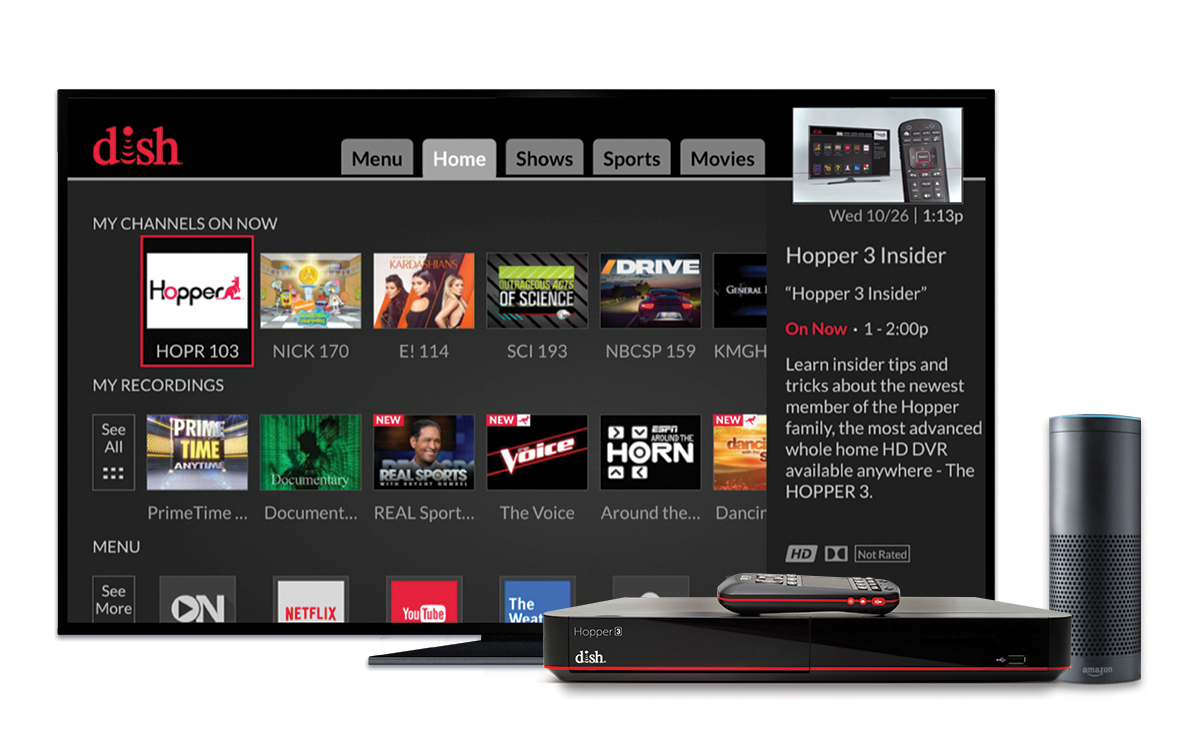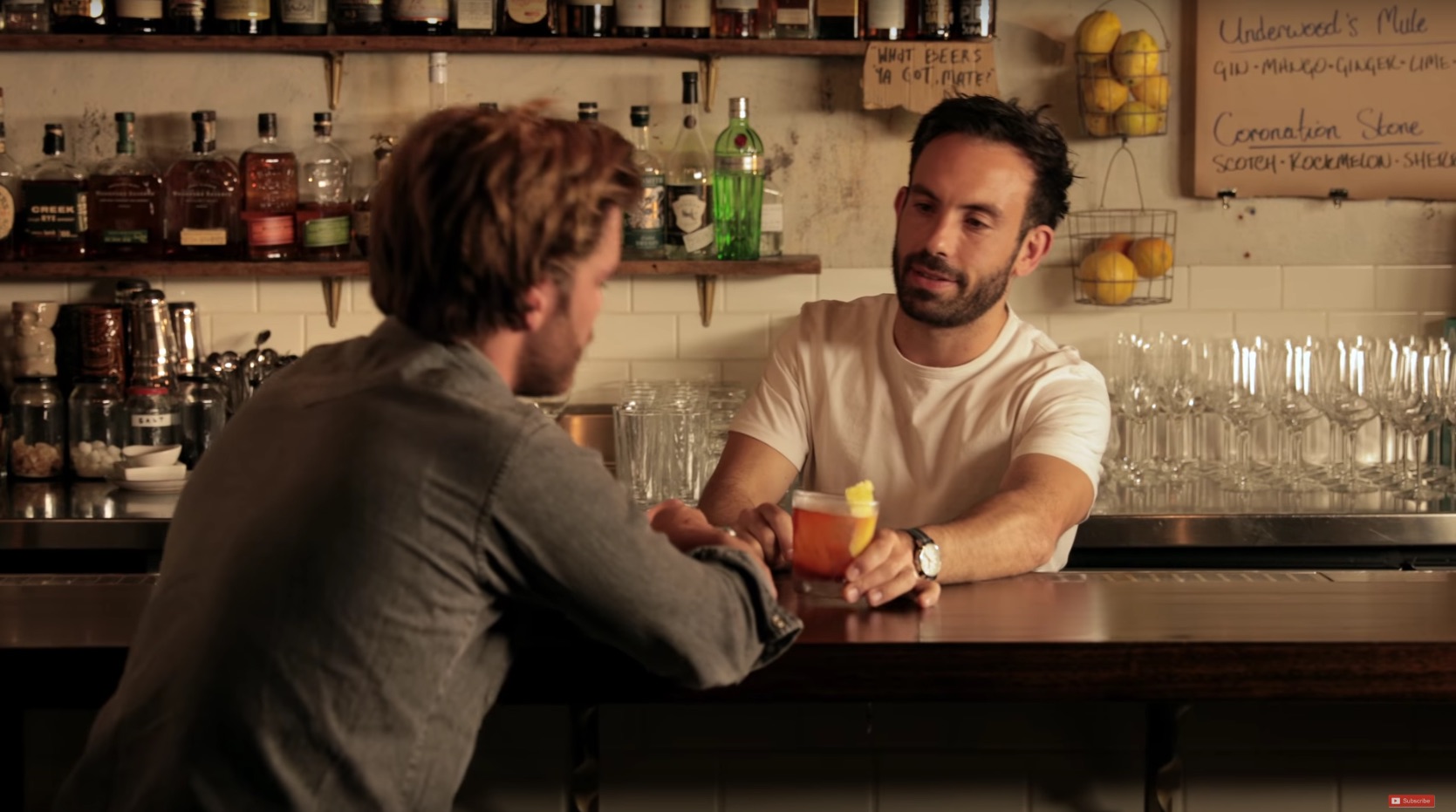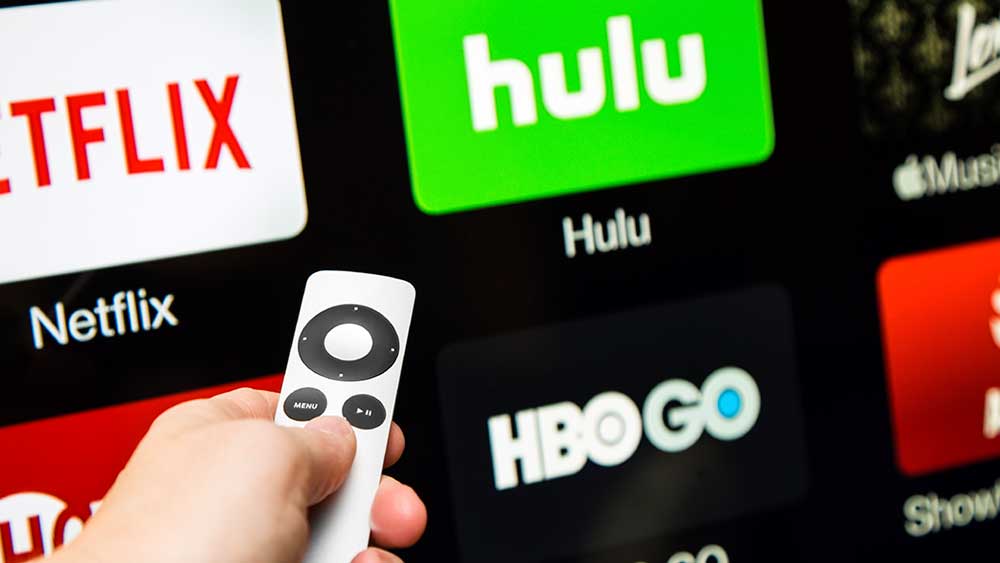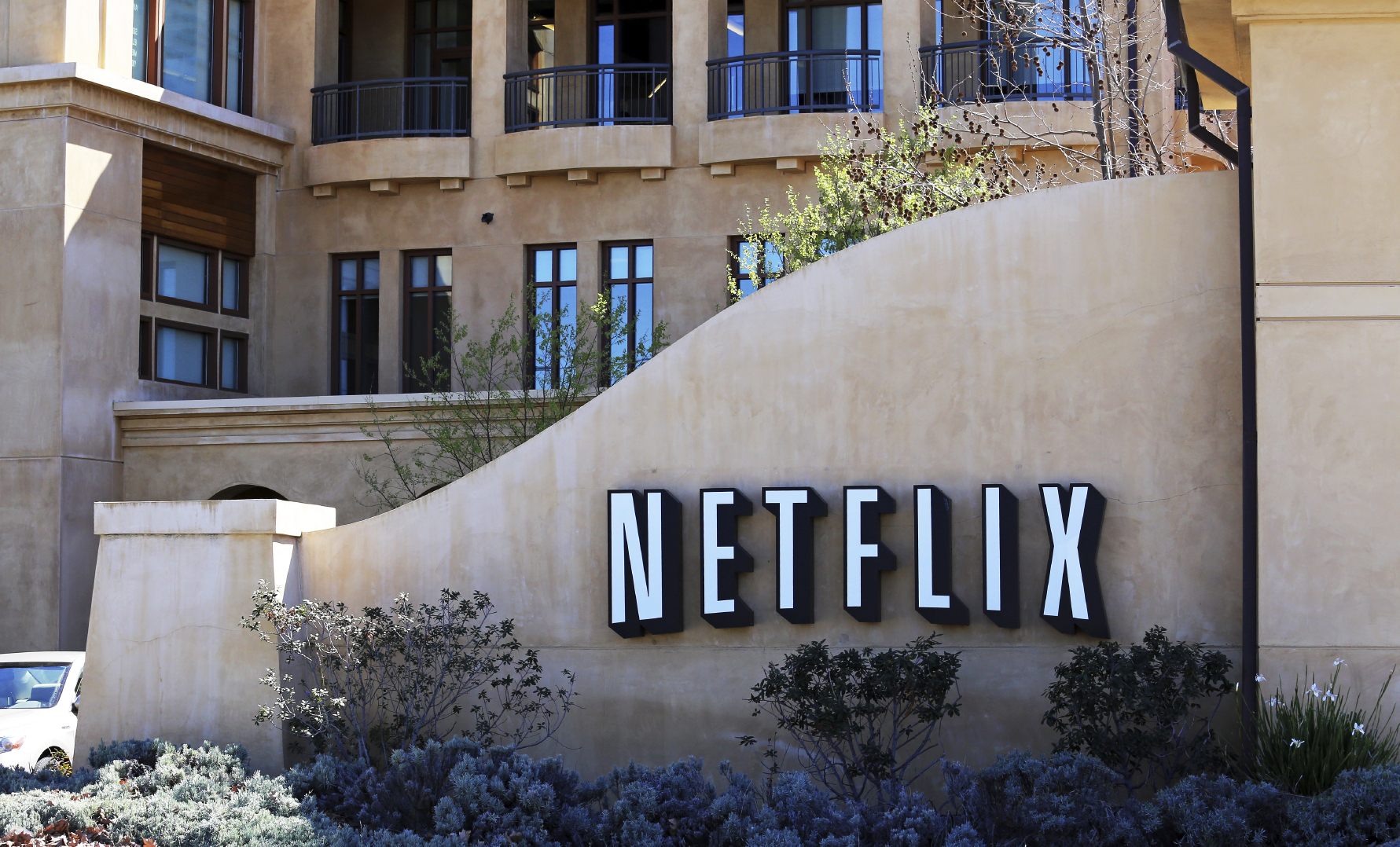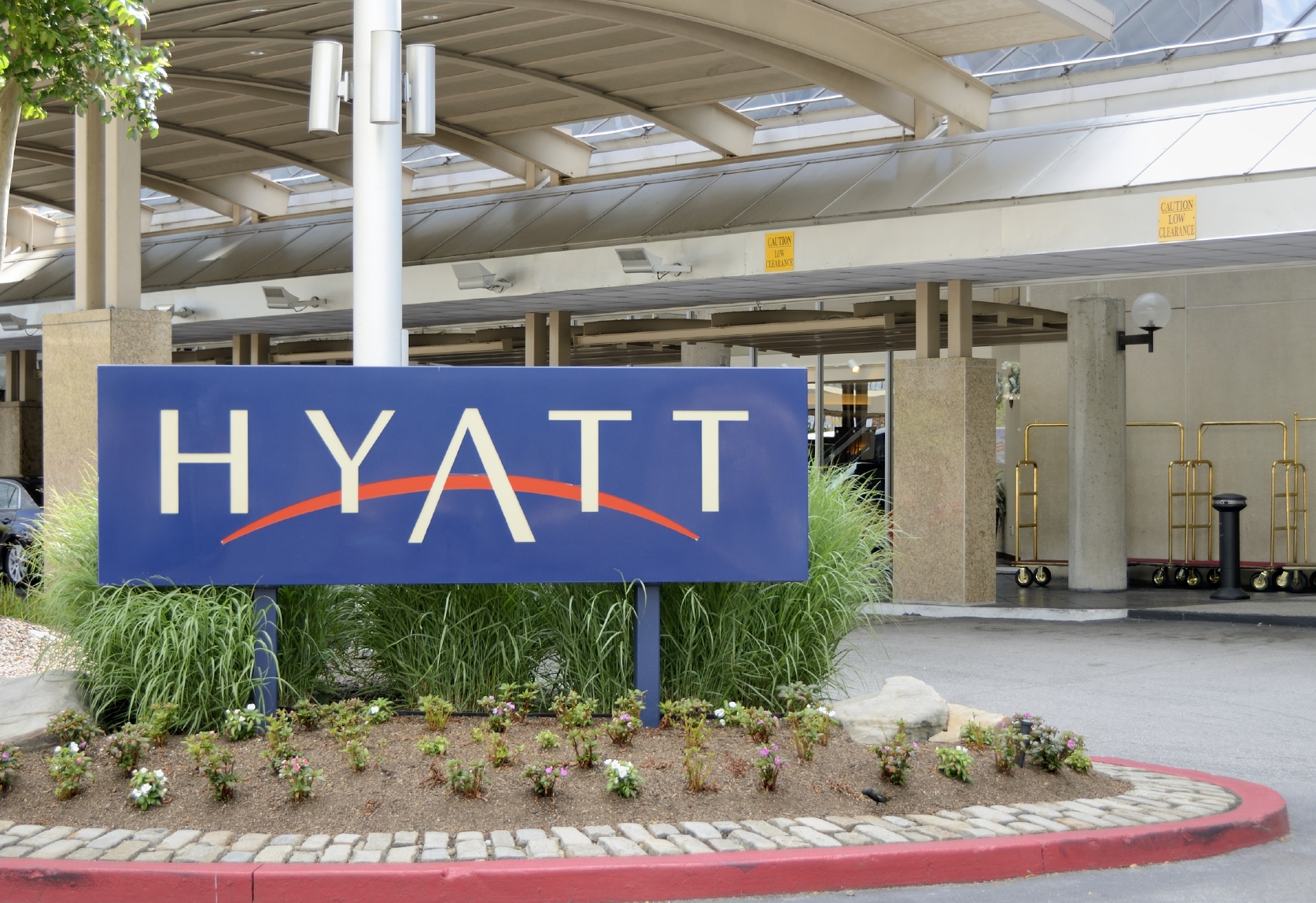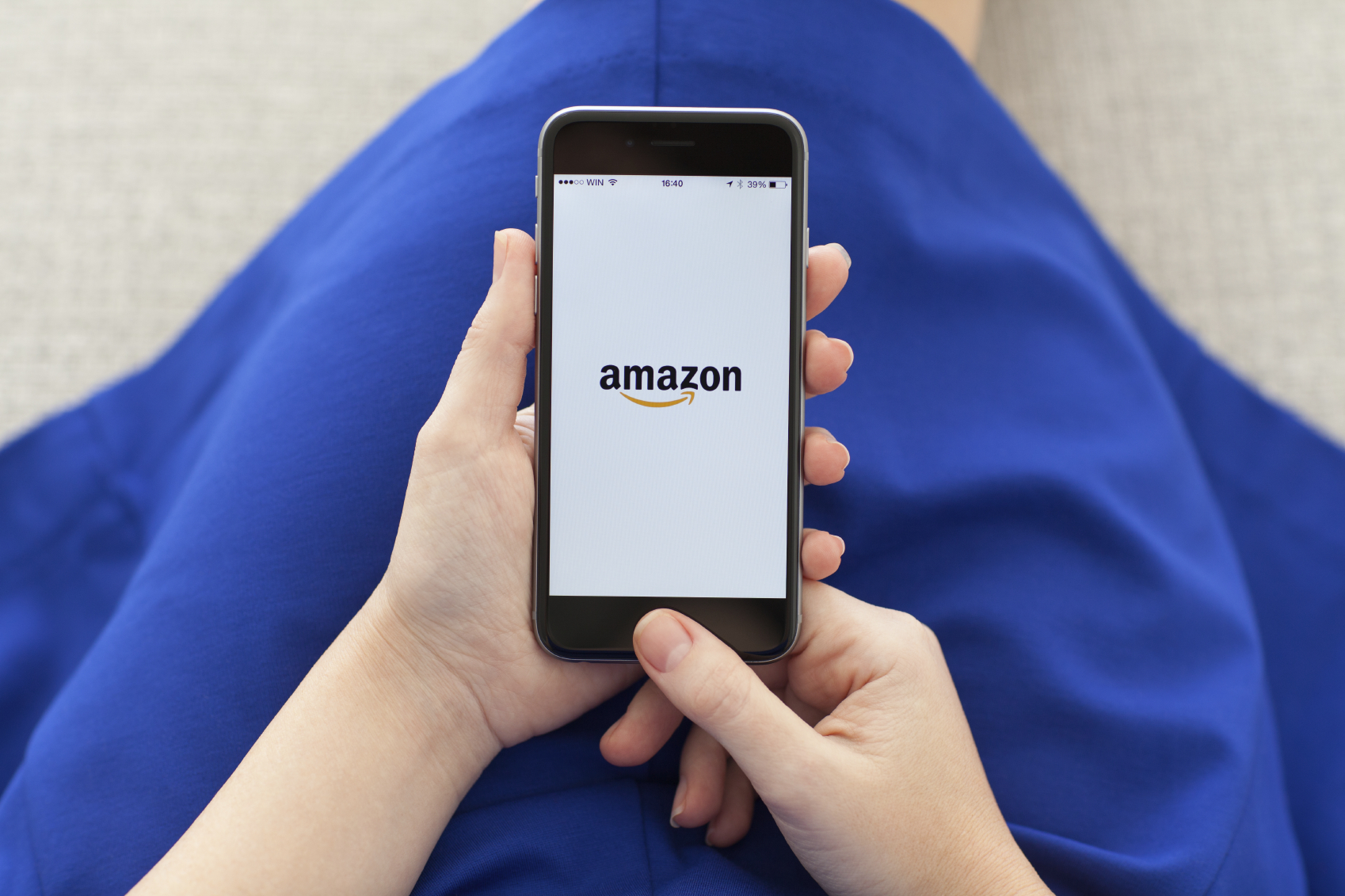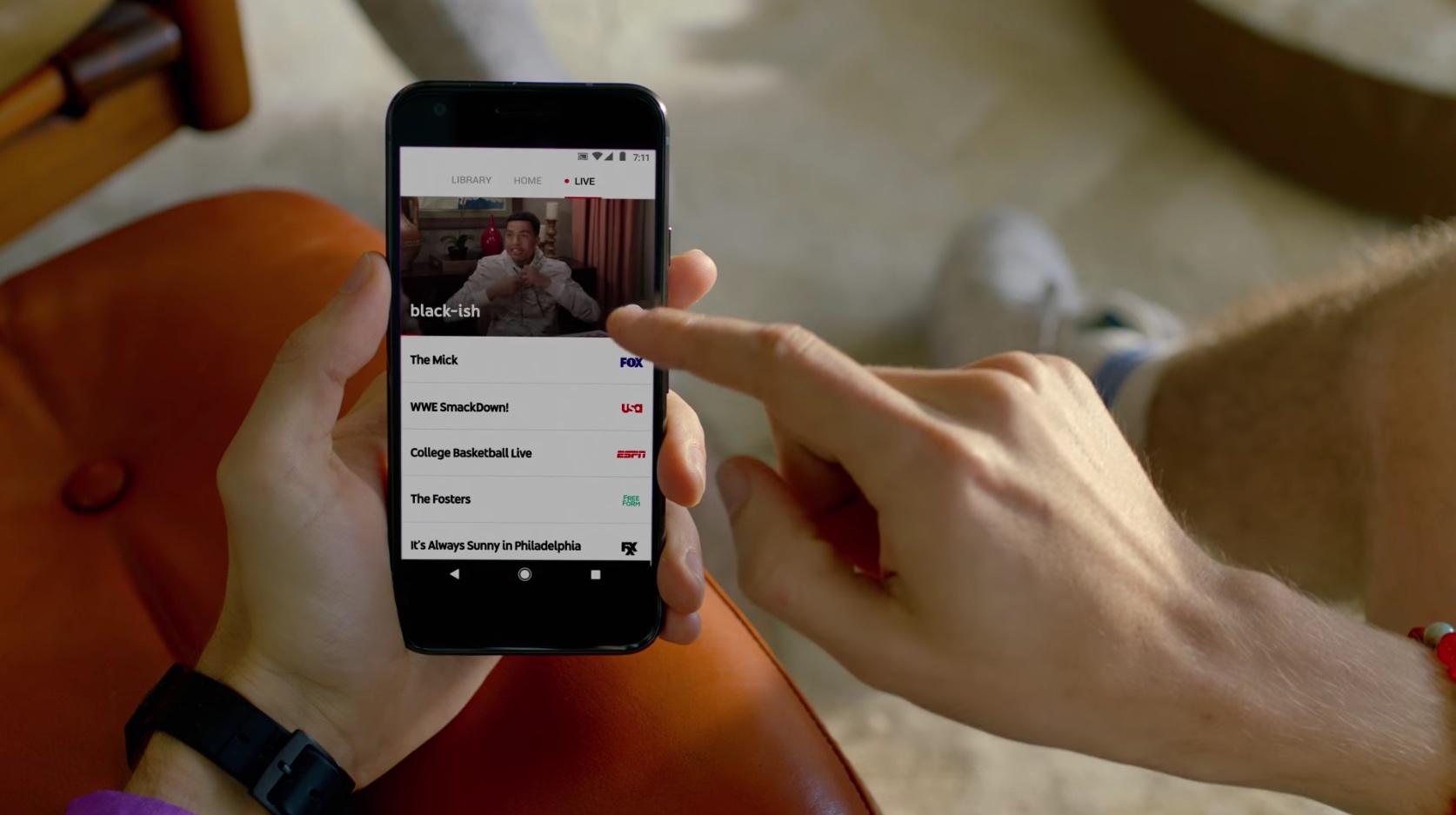What Happened
Amazon is launching a program that invites video content owners to create shoppable streaming apps for their content on Fire TV streaming products. The so-called “Watch and Shop apps,” which now has its own section under the Apps tab, allow Fire TV users to view and purchase a curated list of items relevant to the video they are watching. Because Fire TV viewers are already logged in with their Amazon account, they can purchase the item directly from the product description page or add it to the shopping cart for later.
What Brands Need To Do
Buying products from inside a video is not a new concept — YouTube introduced a click-to-buy feature in January 2009. But with more online retailers start experimenting with interactive video each year, it becomes clear that simply dropping a link or a “Buy Now” button into a video ad is effective enough in converting customers. The friction of putting in the payment information alone is usually enough to stop shoppers in their path.
Obviously, this new program offers brands a great opportunities to explore shoppable content as both a new promotional tool and a direct sales channel. For example, a popular makeup tutorial app can create a Watch and Shop app that displays the cosmetic products that are being demoed in that particular video segment. Of course, this being an Amazon program, it would require brands to sell their products on Amazon.com.
Currently, this program is invite-only, and brands that wish to apply will need to have a Youtube channel with a minimum of 15 videos, a YouTube developer key, and, most importantly, a list of products you would like to feature in your videos, along with their unique identification number (ASIN) as listed on Amazon.com. For more information on how to apply, please check the source.
Shoppable video content has been undoubtedly on the rise for the past few years. It is especially popular among fashion and beauty brands. Birchbox, Dr. Brandt Skincare, Beautyblender, and SheaMoisture are among the first ones to try out a shoppable video layer created by video company MikMak that enables users to purchase branded products on Instagram Stories and Snap Ads with a single URL.
Source: Amazon Developer Blog

